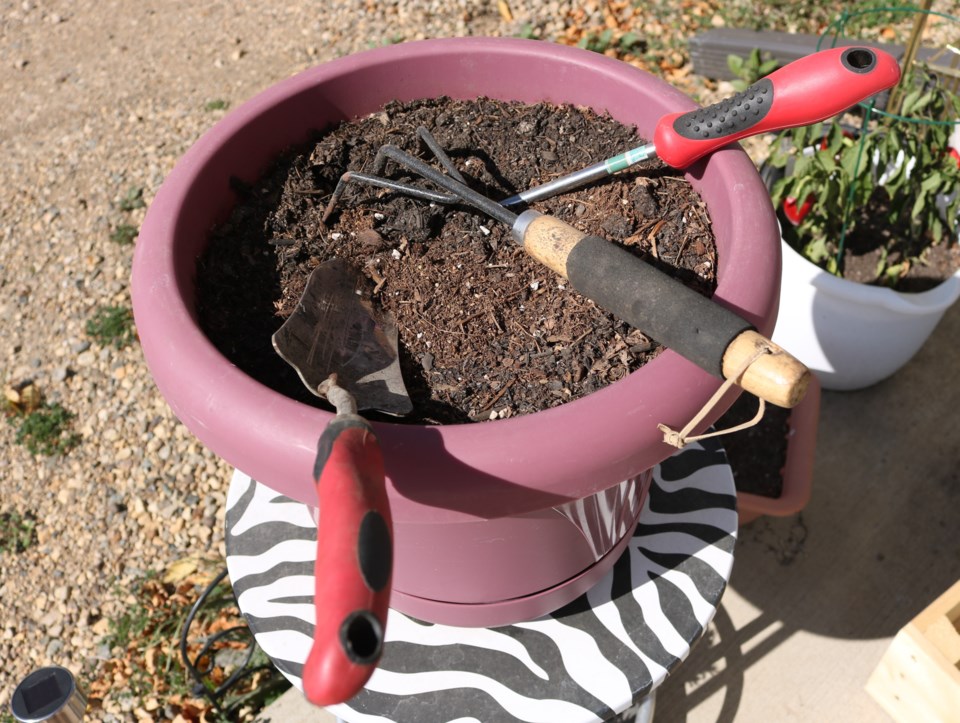So how do gardeners care for clematis in the fall? First, some basics. There are three kinds of clematis, usually known as group one (spring flowering clematis) and are quite often larger plants that flower on old wood. These should not be pruned until after the blooms are done.
Group two clematis are repeat bloomers, and flower on new shoots that come from last year’s growth, so they are a bit confusing since they flower on old and new wood. Group three clematis are late bloomers and grow on new growth.
Clematis comes in a variety of colors, from white, pink, yellow, burgundy, and the purple, probably the most favorite of all the colors. They like a sunny location, but they also like to have their feet cool; in other words, the bottom of the plant should be shaded. Their “feet” are scrawny-looking, but that is because they are growing towards the sun and putting all their energy into the glorious blooms.
With winter soon approaching, what comes next for our clematis? The first thing is to deadhead the plants. We should snip off he blooms where they attach to the stem. As the temperature drops, it is a good idea to put some mulch or grass clippings around the bottom of the plant, taking care to carefully cover the crown, too.
Do not trim or prune clematis now. The time to do that is in the spring. But be sure you are aware of what type of clematis you have, and prune it accordingly. If you have a group one clematis that blooms on old wood, you don’t want to get too wild with your secateurs in the spring and trim off the wood that would be bringing forth your spring blooms. But if you have type three clematis, you can prune it quite vigorously in the spring, to about twelve inches above ground. And for type two clematis, you can cut it down to about twelve inches every few years to revitalize it.
So, for pruning, a vital part of clematis health, it is key to know what type of clematis we have. Group one clematis contain armandii or montana. Group two has Nelly Moser or Bees Jubilee. And group three has jackmanii or viticella. If you have long ago lost the tag or were given your clematis plant and never knew the name, you can likely identify the variety by the shape and features of the blooms, as well as when they bloom each year.
At this time, there are still no plans for any meetings with the Yorkton and District Horticultural Society. But if anything changes I’ll let you know. And be sure to visit our website at www.yorktonhort.ca and see what’s happening with the group.
This is a lovely time of year in the garden: much cooler, and still plenty to see each day with our plants. Thank you to our friends at Yorkton This Week for their great work in bringing us local news. Gardeners, have a good week in your garden!




